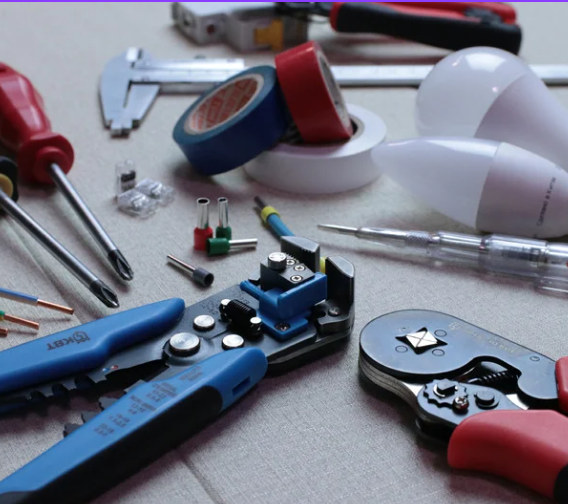
LED Lighting Safety Tips: Important Safety Tips When Installing and Using LED Lights
Share
LED lights are known for their energy efficiency, long lifespan, and modern design appeal. However, like any electrical product, they must be handled with care to ensure safety during installation and use. Whether you're a DIY enthusiast or a professional installer, following proper guidelines will keep your lighting system both safe and functional.
- Always read the manufacturer’s instructions thoroughly. Ensure that the power is turned off at the circuit breaker before working with any wiring. When selecting LED lights, make sure they are certified by safety organizations such as UL, CE, or RoHS. These certifications confirm that the product meets recognized safety standards.
- Another important safety consideration is using the correct power supply. LED lights operate on low voltage DC power, so using the appropriate driver or transformer is essential. Overloading circuits or using the wrong power source can lead to overheating and potential fire hazards. Always match your LED lights with the correct voltage and wattage.
- For outdoor installations, choose waterproof or weather-resistant LED lights. These lights are built to withstand the elements and reduce the risk of electric shock. Proper sealing and insulation are key when working in moist or humid environments to protect both the lights and the users.
- Avoid modifying or cutting LED strips unless they are designed to be trimmed. Incorrect handling can damage the circuitry or expose wires, increasing the risk of electric shock. Always use insulated tools and wear gloves when handling wiring and sharp components.
By following these simple yet crucial safety tips, you can enjoy the benefits of LED lights without compromising safety. Whether you're lighting up a home, office, or outdoor area, prioritizing safety ensures your LED lights perform beautifully and reliably for years to come.
